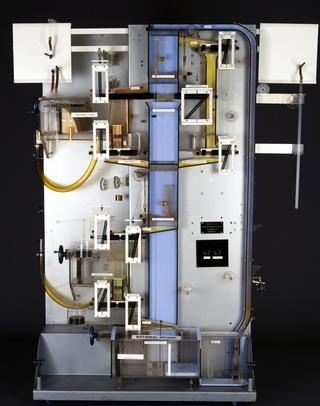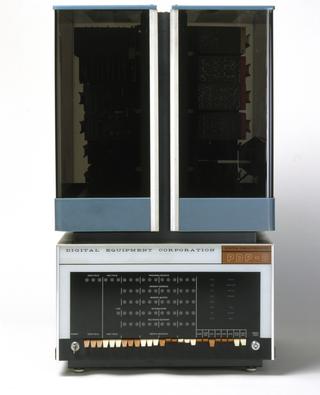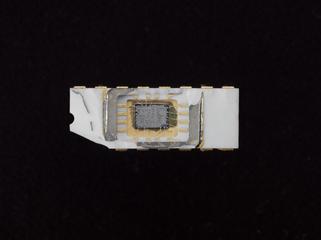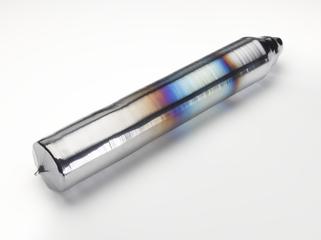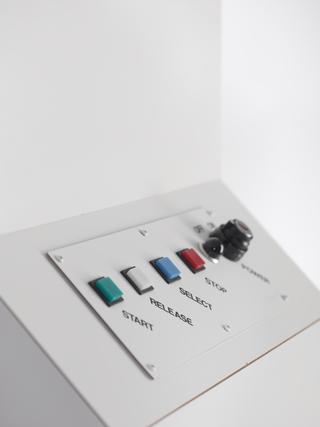
Manual paper tape editing equipment for programming the Ferranti Mark 1 and Mark 1* computers
- Made:
- 1953
- maker:
- Ferranti Limited
One of three ‘bodgers’ used by Joan Travis for programming the Ferranti Mark 1 and Mark 1* computers. Made of brass and used to punch holes through the paper. Made in 1953 in Moston, Manchester by Ferranti Limited.
The first digital computers were programmed using holes punched in paper tape. This hole punch was used to edit programs for the Ferranti Mark 1 and Mark 1* computers, the first commercially available stored-program computers in the world.
Pioneering computer programmer Joan Travis (née Kaye) used this hole-punch to edit computer programs on paper tape by hand, punching holes in the tape using a brass ‘bodger’. Programs were edited using Sellotape, scissors and this hole-punch equipment.
When Joan Travis joined Ferranti as a computer programmer in April 1953, eight out of the team of fourteen programmers were women.
The Baby computer upon which the Ferranti Mark 1 was based had program instructions keyed in. The output was read by looking at patterns of dots on a cathode ray tube screen.
In October 1948, Alan Turing introduced the Baby engineering team to 5-bit teleprinter code, which he’d used when working during the Second World War in Bletchley Park. In the 5-bit teleprinter code, letters and numbers were represented in a binary pattern of ones (1s) and zeros (0s). A hole punched in the paper represented a 1, an absent hole in the paper meant a zero. Sprocket holes were used to hold the paper in position.
Programs written for the Ferranti Mark 1 and Mark 1* computers included Avro’s calculations for designing aeroplanes (including the Vulcan), calculations for atomic weapons and calculations for the oil company Shell.
Details
- Category:
- Computing & Data Processing
- Object Number:
- 2024-90/3
- Materials:
- brass (copper, zinc alloy)
- Measurements:
-
overall: 76 mm 8 mm,
- type:
- computer programming, hole punch and input devices
- credit:
- Joan Travis
